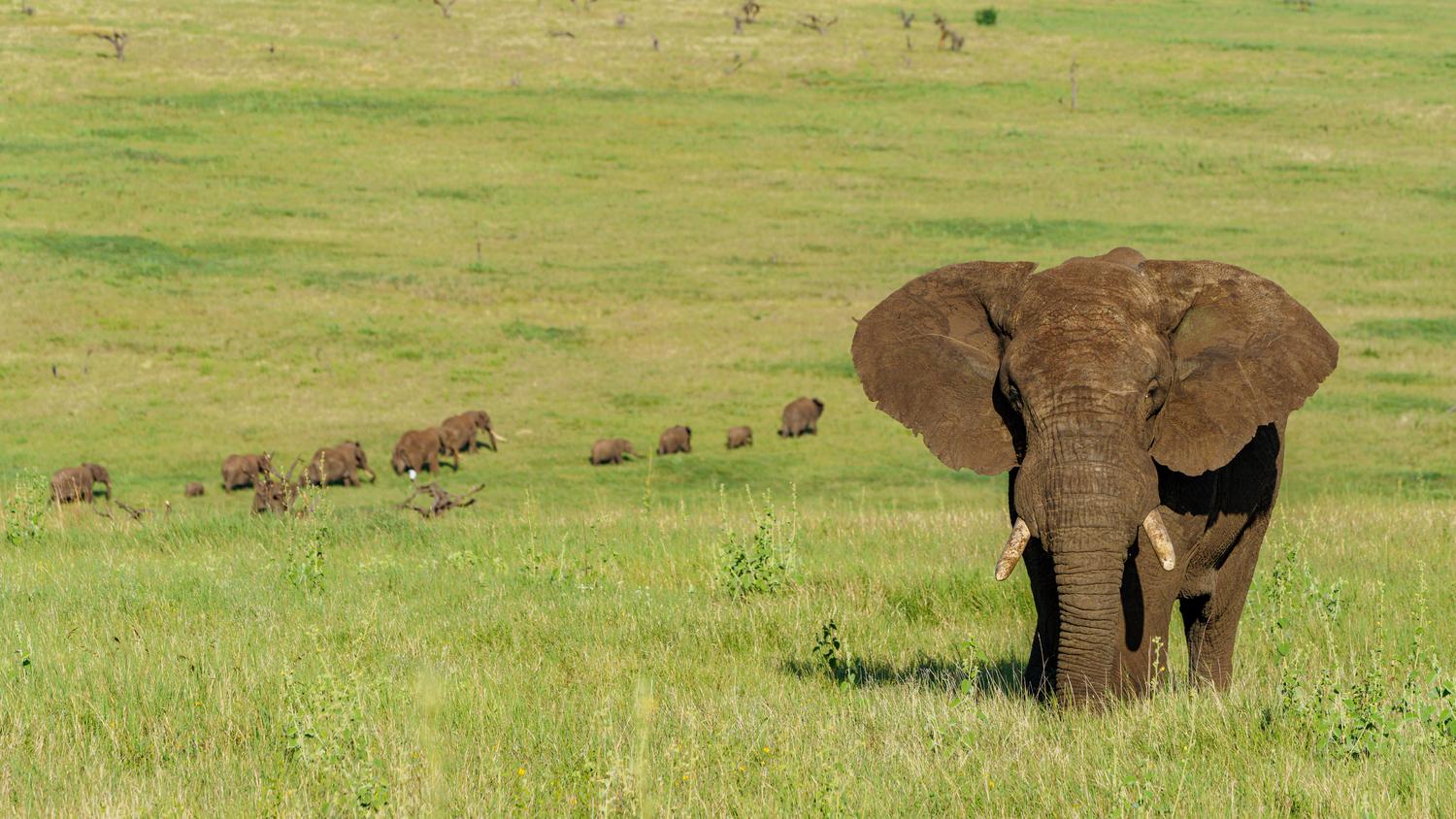More than one million species are at risk of extinction largely because they are being pushed out of places where they have long lived — known as “ranges.” But not all range loss looks the same. It can take different patterns, which has consequences for species populations, according to a new study published in the journal Scientific Reports.
“Massive declines of biodiversity are happening now — they’re rapid and they’re pervasive," said Conservation International scientist and study co-lead Jordan Rogan. "We wanted to understand how different patterns of range loss can affect populations and point to more effective conservation action.”
Using simulations, Rogan and her colleagues modeled three patterns of range loss to evaluate the effects of these changes on wildlife populations: “Shrinkage” describes how ranges contract from the outside in; “amputation” describes when areas of the range are cut off from each other from one end to the other; and “fragmentation” is the separation of species’ ranges into smaller, more isolated patches.
Each pattern caused a significant negative impact on the simulated wildlife populations, reducing their numbers by up to 88 percent and decreasing the genetic diversity, according to the study.
Of the three patterns identified in the study, range fragmentation produced the most drastic impact on genetic diversity because it isolates groups of a species’ population. Creating migration corridors that connect separated populations and restore the ability of wildlife to move and mate can increase genetic diversity — potentially offering one of the most effective solutions. Conversely, if habitats have been cut off from each other due to “amputation,” a more effective strategy may be to reintroduce species to parts of their historic range.
Ultimately, the study shows that a one-size-fits-all approach will not be effective in addressing the decline of species from range loss. Rogan notes that while the research is an important start, its findings are based on simulations; future studies should take place in real ecological systems.
“The natural world is far more complex,” Rogan said. “More research is needed, but our findings could offer a blueprint to help conservationists understand how range loss is hurting wildlife — and how we can take action before it’s too late.”
Further reading: Study: Protecting tropics could save half of species on brink
Mary Kate McCoy is a staff writer at Conservation International. Want to read more stories like this? Sign up for email updates. Also, please consider supporting our critical work.
